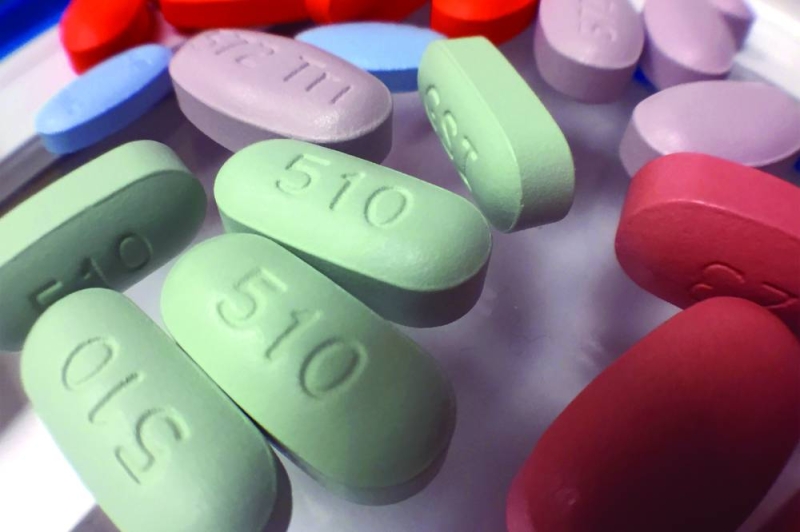HIV, TB programmes understaffed
Lesedi Mkhutshwa | Tuesday February 6, 2024 06:00


He shared insights during the 23rd Team TB/HIV annual meeting held here at Adansonia Hotel. Contrary to common belief, Nkomo clarified that there is a shortage of staff in HIV/TB programmes. 'There is a misconception that HIV/TB programmes employ a large number of people, which is untrue,' he noted.
Nkomo explained that each of the roughly seven HIV programmes has only about two or three individuals. 'The TB programme receives less commitment and insufficient advocacy compared to HIV programmes,' he emphasised, highlighting the separation of HIV and TB programmes into distinct departments due to staffing shortages, causing unclear organisational structures.
The public health specialist stressed the need for proper monitoring and updating of strategic guidelines for the programme. 'It is necessary to enhance testing generally, HIV self-test kits, PREP, circumcision, and bring essential population services to the facilities in certain cases to meet the 95-95-95 target,” he added. Regarding TB programmes, Nkomo pointed out multi-sectoral accountability and highlighted unmet practices outlined in national strategies. “There is insufficient advocacy and less commitment to the TB programme than HIV programmes,” he argued.
Expressing concern over the lack of pharmacists, Nkomo emphasised the need for increased data capturers for improved data collection in treatment care. He also suggested establishing a connection between HIV and non-communicable diseases since BIAS V indicated an age distribution in the HIV population. 'Children should make up 15% to 20% of the total TB population, but the current figure is 6.1 percent,' Nkomo added. He acknowledged the one percent prevention of mother to child transmission (PMTC) rate as a positive indicator, but stressed the improvement of adolescent-friendly HIV services and TB contact tracing.
